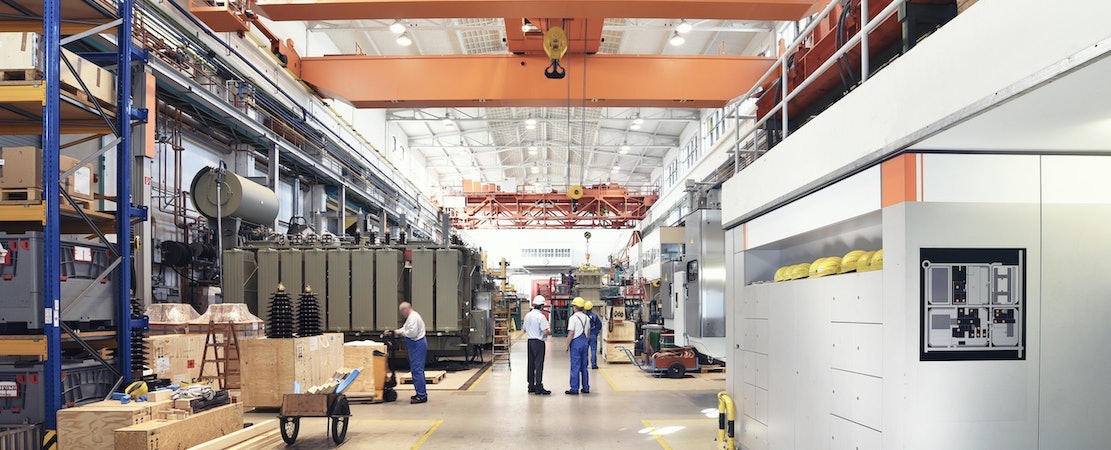
Immigration
Employment and Skills-Based Immigration
The immigration system in the United States should meet the needs of our 21st century economy.

The United States issues around 1.1 million green cards annually, but fewer than 10% are for immigrants coming to the United States to work. American employers cannot fill all of their available jobs with American workers. The United States currently caps this visa category at 65,000 people, which is too low and does not meet the needs of the companies that need the help. As a result, the United States loses out on the skills of talented immigrants who choose to work in other countries, like Canada, and on the jobs that they could help create. Each job given to an immigrant in the United States on an H-1B visa creates nearly two jobs in the United States, studies show.
Industries like agriculture, construction, landscaping, and hospitality also rely on foreign workers on temporary H-2A and H-2B visas for terms of work as short of a month or as long as a year. If these visa programs were made portable, less complicated, less costly, and more user-friendly, they would serve American businesses better. Increasing legal immigration to the United States would also help decrease the number of unauthorized workers in the United States.

Immigration laws that admit more immigrants based on their skills, education, and work experience will get workers into open jobs and strengthen our economy.





